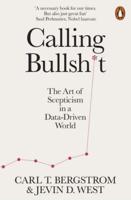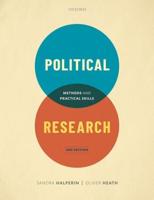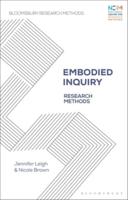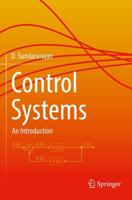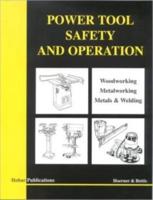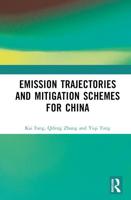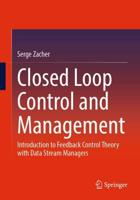Publisher's Synopsis
An extended forecast of the frequencies for the 2009 North Atlantic basin hurricane season is presented. Continued increased activity during the 2009 season with numbers of tropical cyclones, hurricanes, and major hurricanes exceeding long-term averages are indicated. Poisson statistics for the combined high-activity intervals (1950-1965 and 1995-2008) give the central 50% intervals to be 9-14, 5-8, and 2-4, respectively, for the number of tropical cyclones, hurricanes, and major hurricanes, with a 23.4% chance of exceeding 14 tropical cyclones, a 28% chance of exceeding 8 hurricanes, and a 31.9% chance of exceeding 4 major hurricanes. Based strictly on the statistics of the current high-activity interval (1995-2008), the central 50% intervals for the numbers of tropical cyclones, hurricanes, and major hurricanes are 12-18, 6-10, and 3-5, respectively, with only a 5% chance of exceeding 23, 13, or 7 storms, respectively. Also examined are the first differences in 10-yr moving averages and the effects of global warming and decadal-length oscillations on the frequencies of occurrence for North Atlantic basin tropical cyclones. In particular, temperature now appears to be the principal driver of increased activity and storm strength during the current high-activity interval, with near-record values possible during the 2009 season. Wilson, Robert M. Marshall Space Flight Center NASA/TP-2009-215741, M-1253 TROPICAL STORMS; CYCLONES; HURRICANES; FORECASTING; EL NINO; GLOBAL WARMING; STORMS; PERIODIC VARIATIONS; ATLANTIC OCEAN; OSCILLATIONS

